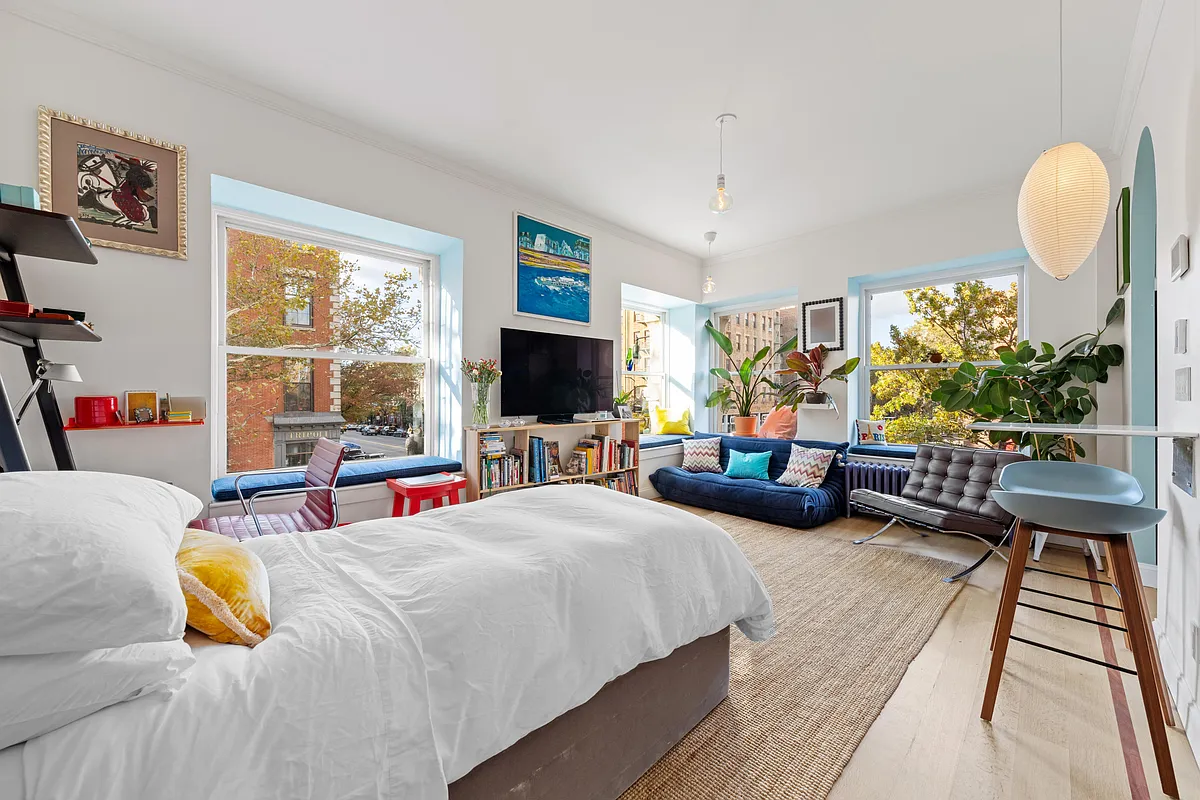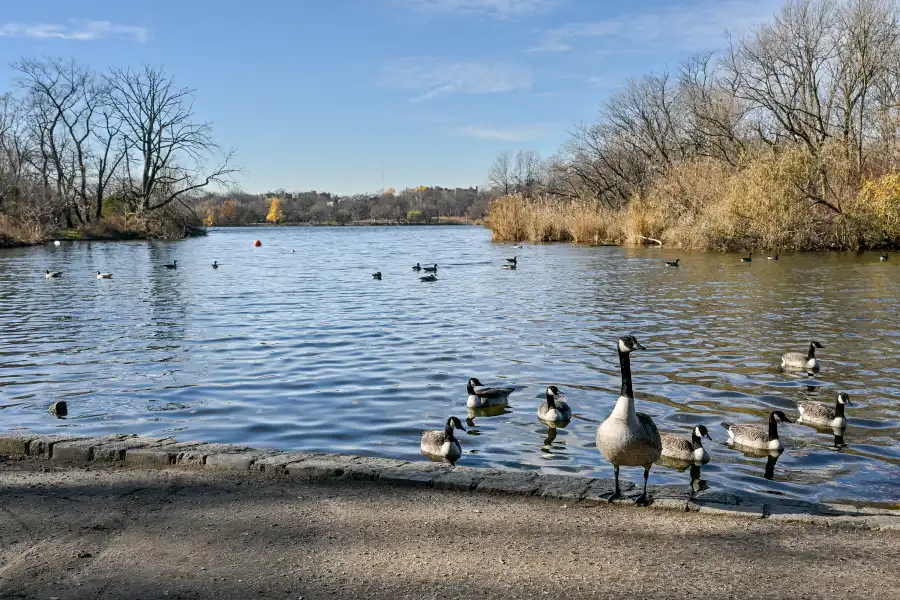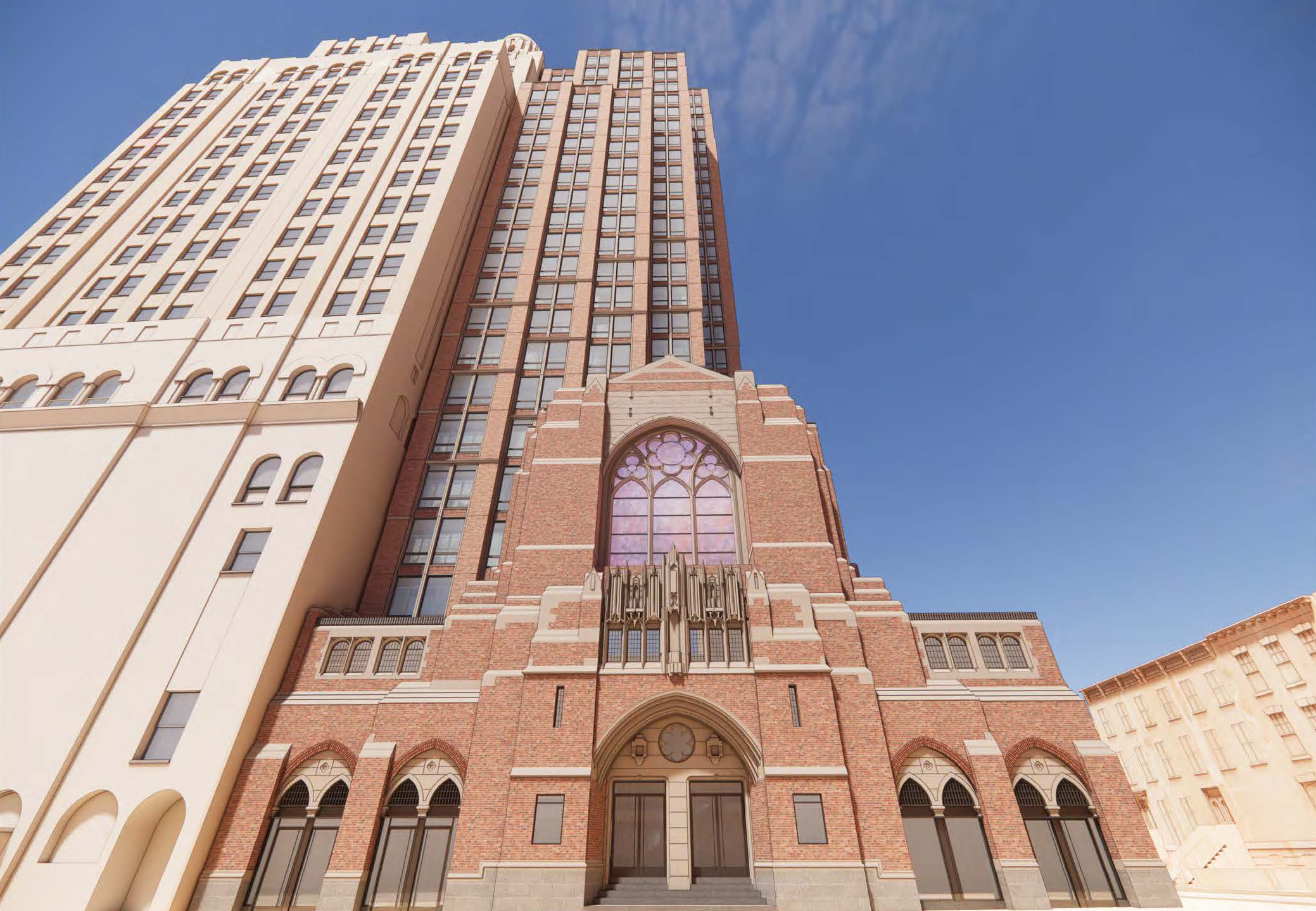Housing Over the BQE? Could Be
Part of Mayor Bloomberg’s plan for squeezing more housing units out of an already-crowded city includes building decks over rail lines and highways. Of particular relevance to Brownstone Brooklyn is a nine-block stretch of the BQE that currently cuts a deep channel through Cobble Hill and Carroll Gardens. “A platform could be constructed over the…


Part of Mayor Bloomberg’s plan for squeezing more housing units out of an already-crowded city includes building decks over rail lines and highways. Of particular relevance to Brownstone Brooklyn is a nine-block stretch of the BQE that currently cuts a deep channel through Cobble Hill and Carroll Gardens. “A platform could be constructed over the below-grade section of the BQE to create nine new blocks of housing reconnecting two neighborhoods,” said a mayoral panel. We haven’t had time to fully digest what such a move would mean for the character and connectedness of the two sides of the highway. What do you think? What would it mean for the properties that currently overlook the expressway?
‘Rail’ Big Housing Plan [NY Post]





Hey, let’s put the Nets stadium there! And Ratnerville!
Before there was a Cobble Hill or Carrol Gardens, there was Red Hook.
After the BQE was built,nobody renamed the area west of the highway so it remains Red Hook.
The whole area used to be known as South Brooklyn in the 19th century. Which is confusing to modern Brooklynites as the area is not in the southern part of the boro.
10:21 AM
Wrong! The area south of Atlantic Ave, west of the BQE and north of Hamilton Avenue is the Columbia Street Waterfront District. CB 6, NYC DCP and the Encyclopedia of the City of New York all identify it as such When parents on Tiffany Place start sending their kids to PS 27 or PS 15, you can start call it Red Hook again.
put a park there instead. the nabe needs it, badly. it will be just like the “high line,” only not elevated, and bowie won’t be involved. 🙂
Don’t they have sections of the GW Bridge entrance with buildings over it? I never thought it would appeal to me to live over a huge roadway like that, but to each his own.
Seems like a good idea but I am not certain that I’d want to live in something you can drive a truck below these days.
To set the mapping record straight: the section of Brooklyn to the west of the BQE and south of Atlantic Ave. is considered Red Hook. To the east of the BQE is Cobble Hill (east to west between Smith and Hicks; north to south between Atlantic and Sackett). Carroll Gardens is from Sackett to Hamilton Ave. And from Bond to Hicks…
Case closed!
just don’t make it “affordable housing” on such prime real estate, and it will work.
What be huge improvement for the neighborhood, but projects like these are great proposals that will take a lifetime to realize. And when they finally are realized they’re built completely out of character because some developer had the forsight to align themselves with low-income housing proponents and just become blight.